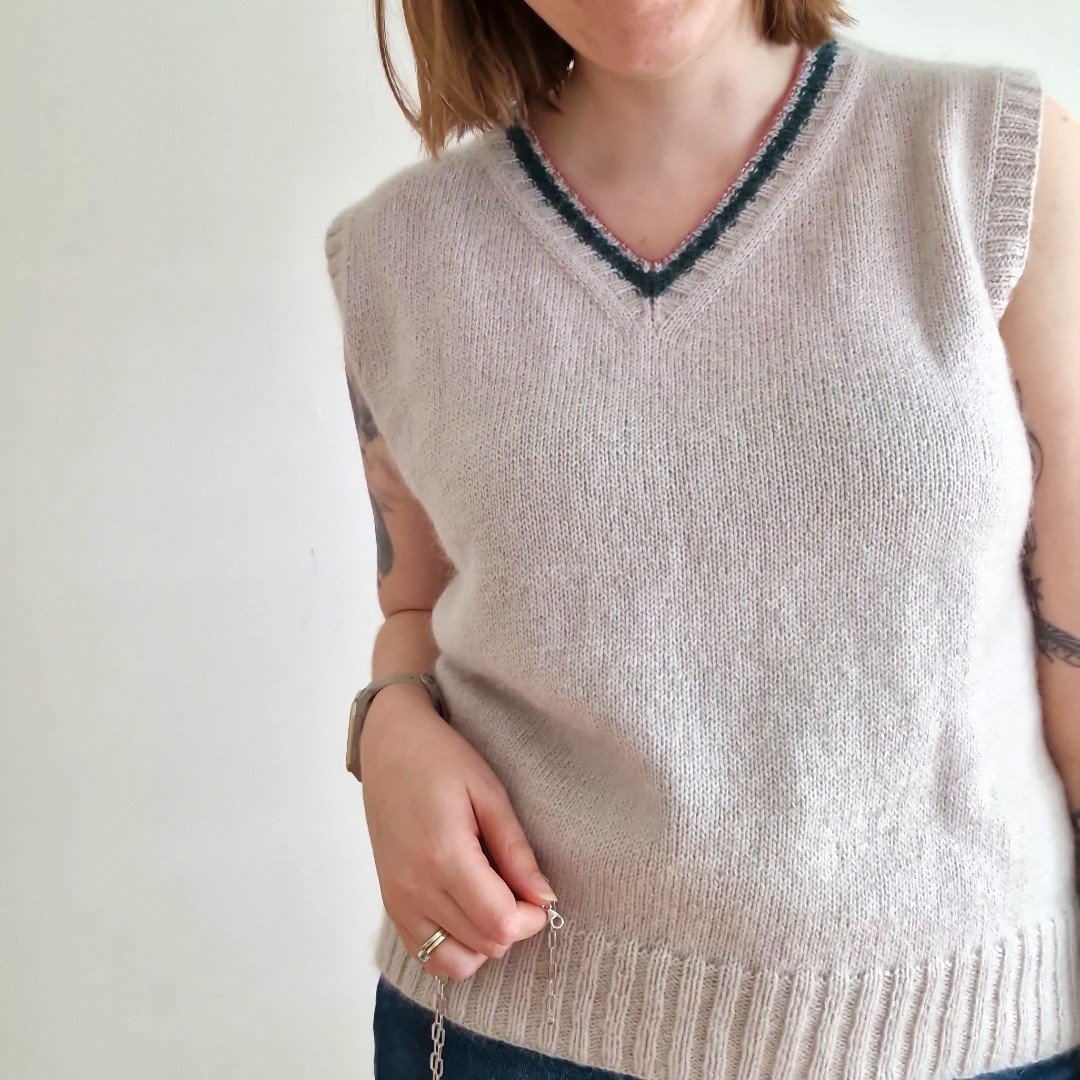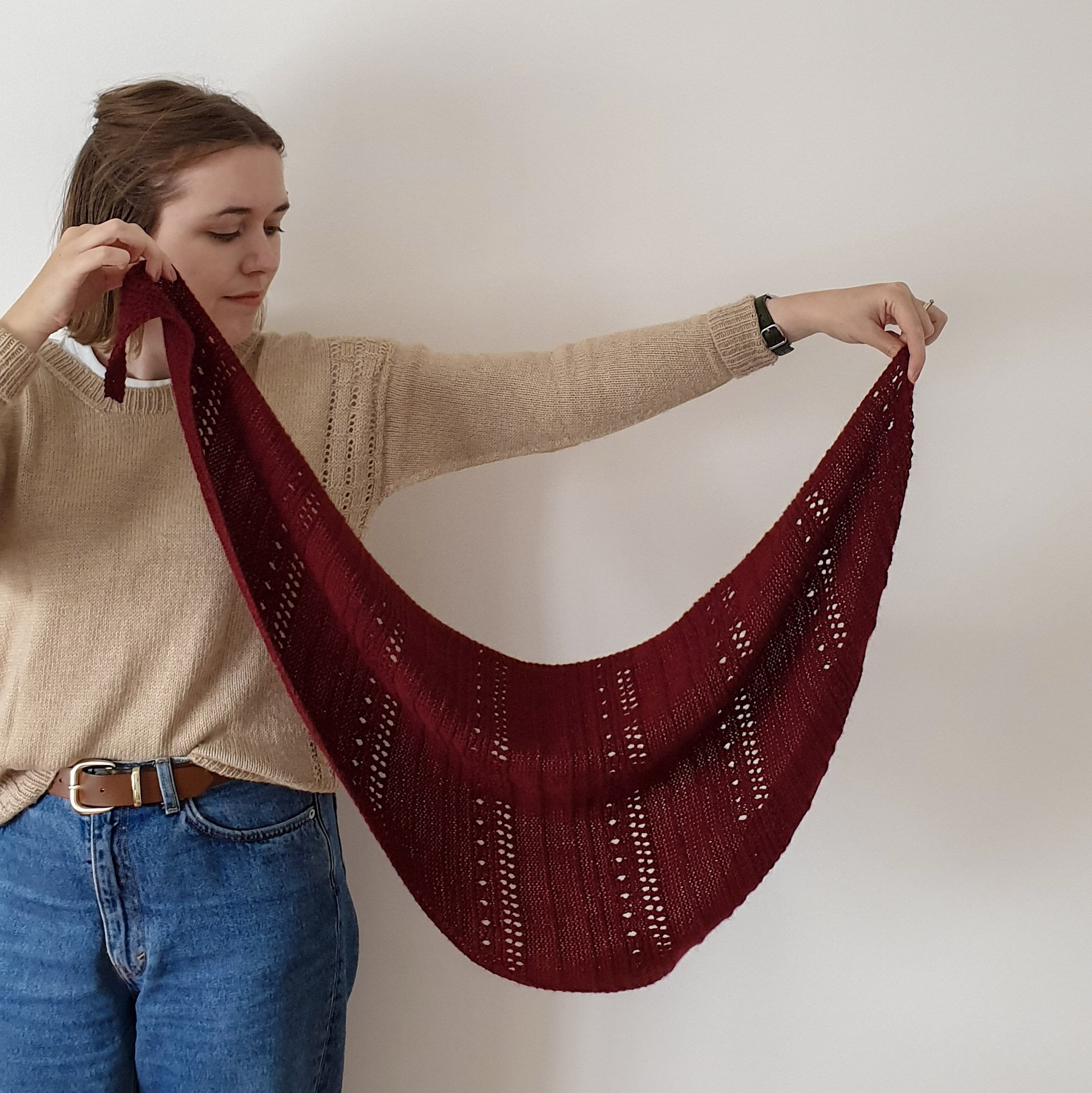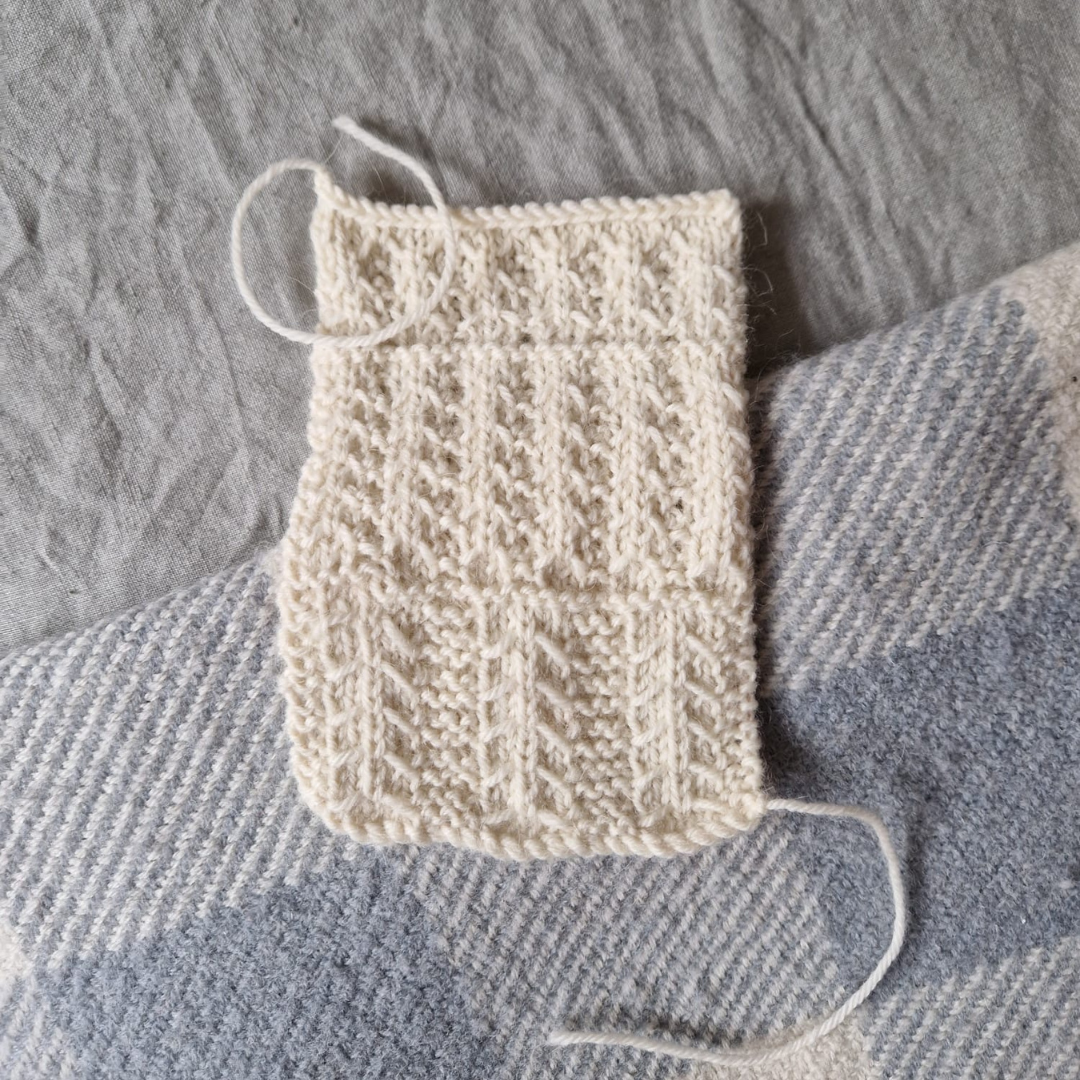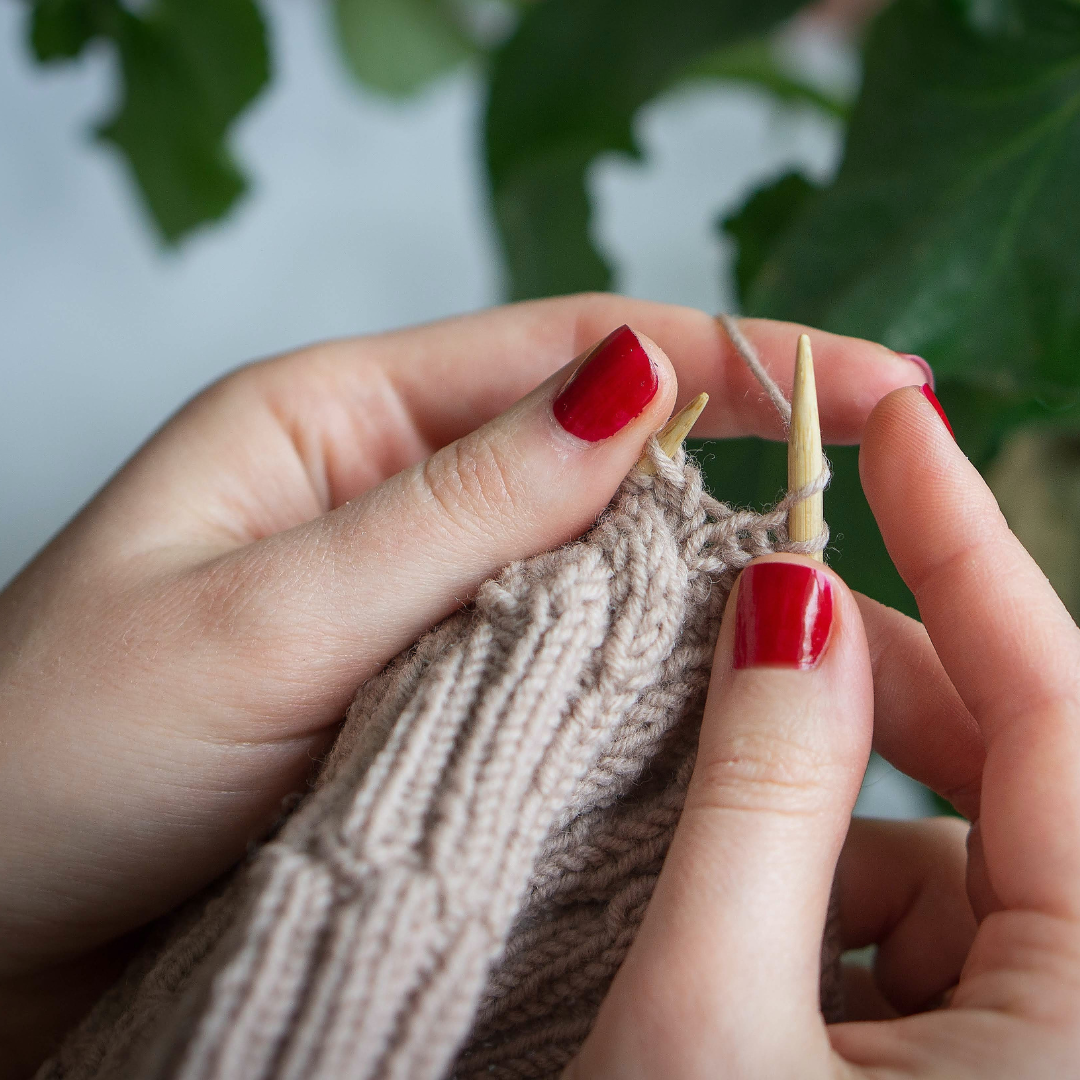4 Game-Changing Tips to Boost Your Design Output with Sample Knitters
A few years ago, a golden opportunity landed on my desk: a commission to design two sweater patterns for a yarn company I really admired.
The catch?
I was already swamped with my full-time job, barely managing to keep my head above water!
Every night, after a long day’s work, I found myself in the silent company of my knitting needles and a daunting pile of yarn. Those early hours of the morning were spent in a mix of exhaustion and determination.
I adore knitting pattern design, but under the pressure of the looming deadline and the constant juggling, it was becoming a source of anxiety. One evening, with the unfinished sweaters still staring back at me, reality hit hard, and I found myself in tears.
This pace, this relentless cycle of work and knitting without a breather, was unsustainable. I was at breaking point. The joy of knitting was being buried under the weight of obligation and time constraints.
That was the pivotal moment I realised that I needed to find a sample knitter. This decision wasn’t just about meeting my deadlines and boosting my pattern output - it was about reclaiming my passion for knitting, my creativity, and, honestly, my sanity!
Fast forward to today, working with sample knitters has not only saved me from burnout but allowed me to work on several projects at the same time. As a result, I am able to design more knitting patterns than I would if I were knitting the samples myself.
And my favourite benefit? It’s brought back the joy I had for knitting and given me the time to work on personal knitting projects, something that is very important to me.
In this blog post, I will share four essential tips that will help you to collaborate with sample knitters successfully, even if you’ve never done it before.
Let’s get started.
Image description: Close up of a woman’s hands as she knits with text overlay saying, 4 Game-Changing Tips to Boost Your Design Output with Sample Knitters
Communicate Clearly
Good communication is key when working with sample knitters. It ensures both of you are on the same page, leading to better results.
Most issues arise when there’s a lack of clear and prompt communication. I experienced this recently when juggling too many things in my business, leaving my sample knitter waiting and uncertain.
The fix is straightforward - develop a solid system of communication.
Make sure your sample knitter can easily reach out with questions or for clarifications. Prioritise responding to them. If you can’t provide an immediate answer due to other commitments, at least give a clear timeline of when they can expect a response.
This keeps the process smooth, reduces stress, and ensures that the creation of each sample is uninterrupted and on schedule.
Avoiding misunderstandings and ensuring that the project moves along efficiently is as simple as being accessible and responsive. It’s a small step, but one that makes a significant difference in the ease of collaboration and the final sample.
Image description: Close up of a womans hands knitting a modern lace stitch on metal needles. Text reads, Knitting Pattern Design. 4 Game-Changing Tips to Boost Your Design Output with Sample Knitters
Value Feedback
Every step in the design process plays a critical role, from the initial sketches to the meticulous work of tech editors and test knitters. While it's typically the job of the latter to refine and polish a pattern, overlooking the insights of sample knitters can be a missed opportunity.
Sample knitters, though not officially tasked with error-catching or pattern feedback, often bring a wealth of hands-on experience and advanced skills to the table. They are in the trenches, working stitch by stitch, and their engagement with your pattern can unearth insights that are incredibly helpful.
For instance, I wasn’t expecting feedback when I sent off one of my designs to a sample knitter, but to my delight, my sample knitter offered me a gem of advice! She suggested a minor tweak to the pattern - twisting the stitch two rows above the eyelets for a neater finish. This simple refinement elevated the entire design.
So here’s my advice for fellow designers: while sample knitters aren’t your typical source of feedback, be open and attentive when they do offer insights. Their hands-on experience with the pattern, combined with their advanced knitting skills, often results in suggestions that can transform a good design into a great one.
Build Trusted Relationships
Working with a sample knitter that you trust completely changes the game. For me, that person is Nicky. We’ve worked together for years now, and her consistency and dedication to quality have made my design process much simpler and more stress-free.
With Nicky, I don't have to worry. I send her the yarn and the pattern, and I know what I’ll get back will be absolutely perfect. It's this kind of reliability that makes her my first point of call. If Nicky’s unavailable, only then do I look for someone else.
So, if you find a sample knitter who delivers quality work consistently, stick with them. It simplifies the process, ensures quality, and lets you focus on designing without the added stress of wondering how the samples will turn out.
Image description: A pile of samples knits in coral and brown.
Prioritise Fair Compensation
Skilled sample knitters deserve fair compensation and recognition. They are the ones who breathe life into our designs, turning our written patterns into tangible garments.
When sample knitters are compensated fairly, it’s a reflection of the respect and value we hold for their craft. It's not just about the business or the brand but acknowledging the skill that goes into making every sample.
And, as an added bonus, when sample knitters feel valued, the quality of their work is more likely to improve! It’s a win/win situation.
Conclusion: Making the Most of Working with Sample Knitters
Working with sample knitters is not just about getting more done. It’s a partnership that can elevate the quality of your work and ease the stress of deadlines.
Here are the key takeaways:
Clear Communication - Keep it clear and responsive. Misunderstandings and delays can complicate the process.
Value Feedback - If they offer advice, take it. It’s often coming from a place of experience.
Build Relationships - A reliable sample knitter makes the design process smoother and more efficient.
Fair Compensation and Recognition - Pay well and give credit. It’s about respect.
With a sample knitter to help you, the looming pressure of deadlines becomes manageable. It’s about having an extra pair of skilled hands to navigate through busy periods. For me, working with Nicky means less anxiety and more focus on creativity.
I’m eager to hear your thoughts and experiences. Have you considered working with sample knitters? Share your stories in the comments section below.























